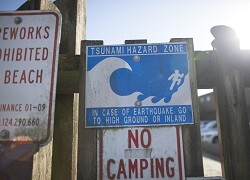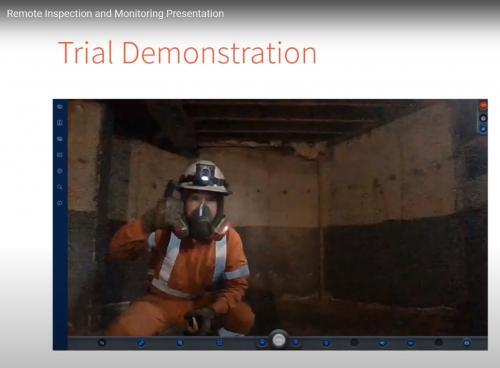
Being Prepared for the Unexpected: The Nuclear Industry is Disaster Ready
In 2011, one of the most powerful earthquakes ever recorded opened-up the sea floor and sent a wall of water rushing along the Japanese coast knocking out the Fukushima Daiichi nuclear power plant. Images of the devastation made international headlines and raised concern over the safety and preparedness of nuclear power plants in the event of a disaster.
Recently, the government of Ontario announced that it is updating the province’s nuclear response plan. It will have a very solid and impressive basis on which to build.
Although the risk of a tsunami-induced accident at Canada’s nuclear power sites is close to non-existent, being prepared for the unexpected has been at the core of the nuclear industry’s commitment to safety. In fact, within a year of the Fukushima accident, Canada’s nuclear operators took additional steps, including a full-scale emergency exercise that was hosted by Ontario Power Generation (OPG) at its Darlington operations. The exercise brought together emergency responders from all levels of government and OPG, to test accident readiness.
Safety is a crucial pillar of success, and that is why the industry continues to add new measures to existing emergency response plans. As one example, OPG installed flood barriers to protect low-lying equipment in the event of a severe weather disaster. During the Fukushima event, an explosion took place because of a buildup of hydrogen. So OPG installed passive autocatalytic recombiners to limit the risk of a buildup of hydrogen should a leak ever occur.
Bruce Power, Ontario’s other nuclear generator, has built upon its safety foundation post-Fukushima, making additional investments in a suite of back-up generators and fire trucks. A new Emergency Management Centre, equipped with its own back-up power supply was also set up, and last October Bruce Power hosted 500 people from over two dozen agencies to take part in a week-long emergency preparedness drill called Exercise Huron Resolve.
This week-long exercise involved various industry partners and government including The Ministry of Health and Long Term Care, The Ontario Provincial Police, The Ministry of Labour’s Radiation Protection Services and OFMEM’s Provincial Emergency Operations Centre, which is based in Toronto.
Outside of Ontario, in New Brunswick, the Point Lepreau nuclear plant recently conducted two large-scale emergency response exercises. A two-day simulation, in 2015, was conducted in partnership between NB Power and New Brunswick’s Emergency Measures Organization and this past May the company teamed up with the Canadian Nuclear Safety Commission (CNSC) to run through security emergency response exercises.
It is important to point out that, prior to Fukushima, nuclear emergency response plans were already in place. In fact, the nuclear industry’s commitment to emergency planning has been in place since the operation of nuclear power plants began, over fifty years ago. Since that time, operators have continued to build upon best practices.
While the geography of Canada makes it highly unlikely that an earthquake and ensuing tsunami, like the one that swallowed the Japanese coast, could ever occur here, we know that we must invest and demonstrate our commitment to planning and preparing for the unexpected. Our people are our number one asset, living and working in the communities they serve. Keeping our communities safe isn’t just part of our job it’s part of our community responsibility. One that we take pride in.



